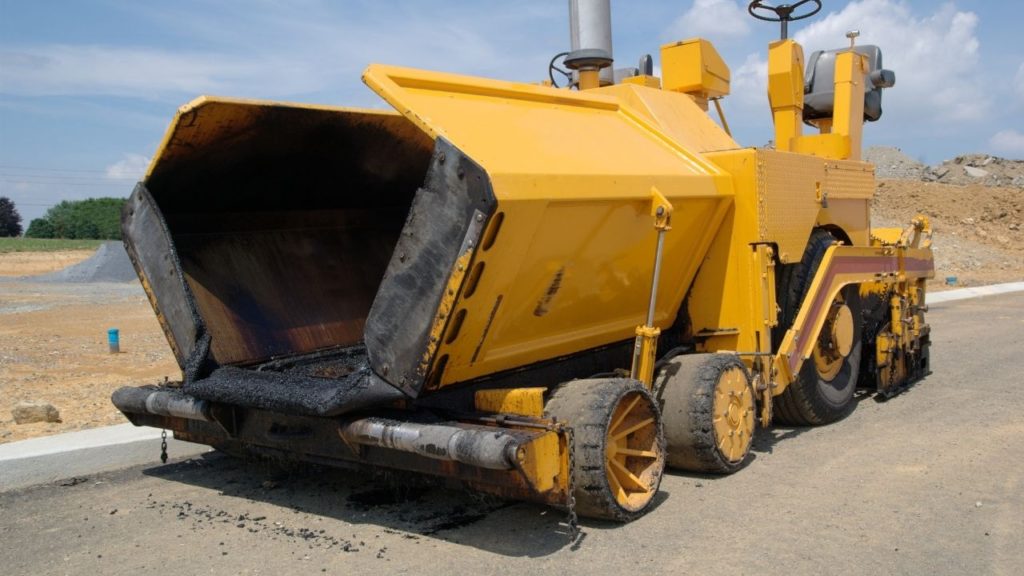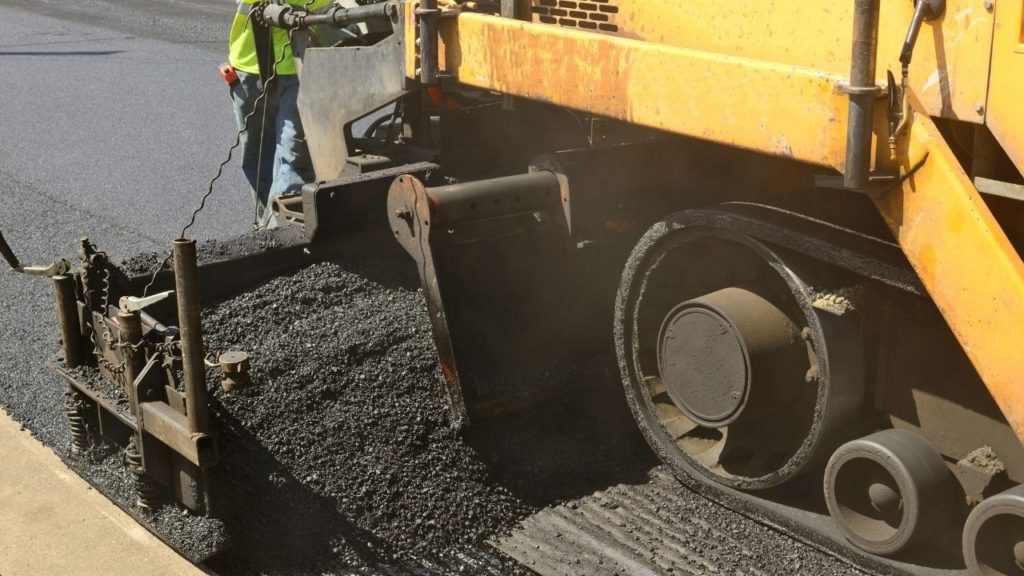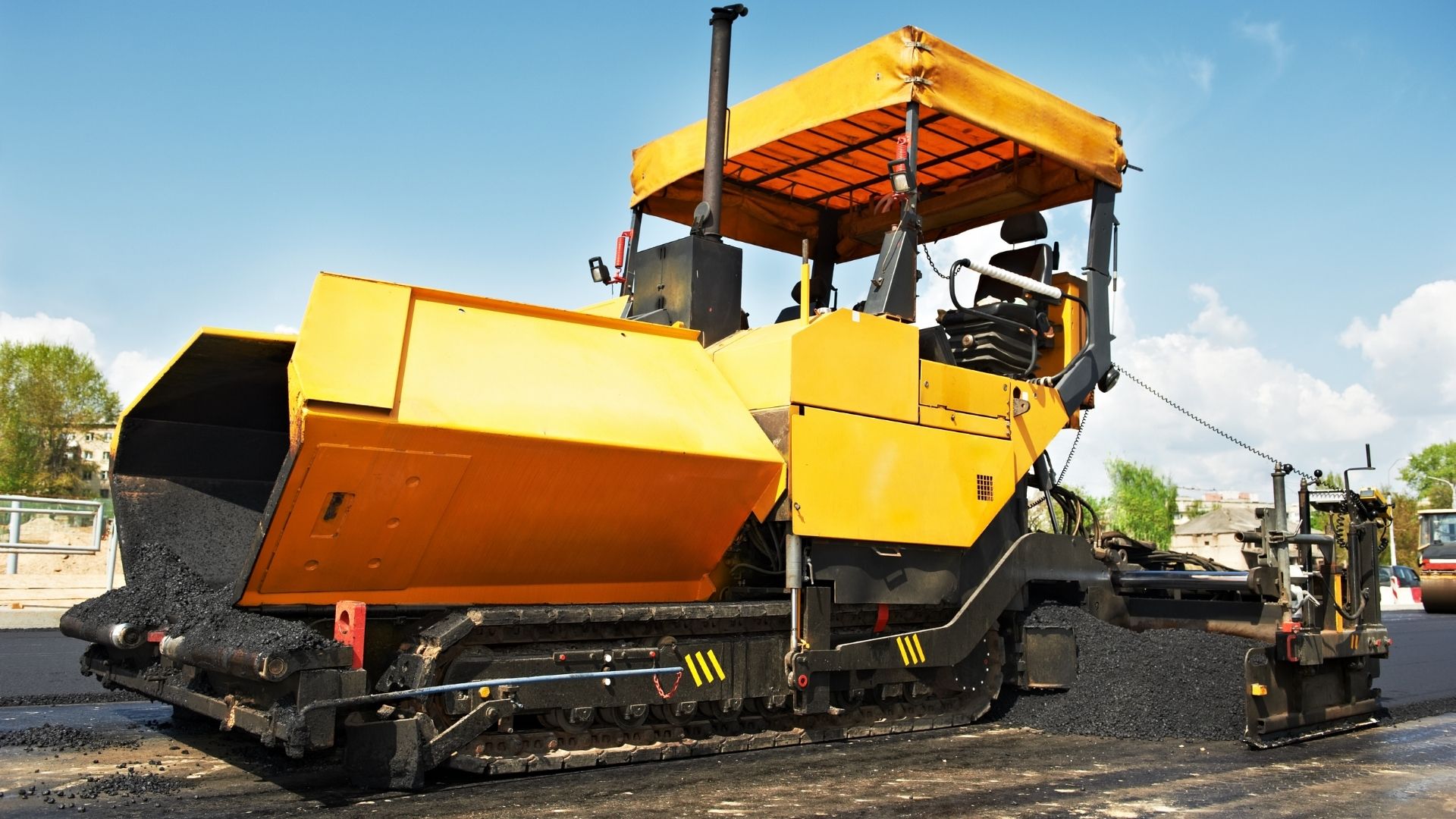Having a long road trip with family or friends is an effective way of relieving stress and exhaustion. Dump trucks carry a massive amount of load effortlessly to and from different regions. Everyone gets to work, school, and other places by riding their land vehicles. What are these instances have all in common? They all use roads.
Roads are critical component of land transportation, so it is equally important to make smooth and strong roads in the most efficient and safest way. All of that can be done effortlessly by a remarkable paver.

The paver, which can also be called a road paver finisher, is a construction equipment that is utilized to lay asphalt on roads, bridges, and other places.
As early as 1815, asphalt has already been used as a good road paving material. Initially, small stones were compacted and sand sprayed with water according to the development of a Scottish road engineer named John Macadam. The water dissolves the natural silts on the stones, which help cement the materials together. This process was known to be Water Macadam.
Eventually, it was discovered that coal tar is a better binding material than water. This new combination was known as tar macadam, eventually shortened as tarmac. This is almost the same as asphalt pavement, but the modern mixed asphalt that is used today has slight differences, which gives it a more durable surface. And with an extraordinary rise in the number of land vehicles, there was also a need for a faster pavement of asphalt roads. This is when the paver is born.
So, how does it work?
It is important that the paver is always accompanied by a dump truck that carries and consistently feeds the asphalt material. After the asphalt is transferred from the truck to the paver via the hopper, it is spread through the road and gets initially flattened and compressed by the screed.
Then, a free-floating screed is used to ascertain the road has a smooth and uniform surface. Basically, the operator can do this through adjusting the screed’s attack angle, weight, vibration frequency, material head, and towing force. Today, these controls are commonly done automatically to reduce errors. Lastly, a heavy, steel-wheeled roller follows the paver to compact the asphalt for the last time to reach the needed thickness.

Throughout this process, a critical point must be considered- that this will be done at a constant speed and consistent amount of stockpile. If the material stockpile exceeds or decreases the normal level, the asphalt will get uneven because some got thicker or thinner.
Moreover, it is essential that the paving starts at a strategic and appropriate spot. Otherwise, stopping and restarting the process inappropriately will result in bumps or divots on the road surfaces.
The paver is truly sophisticated and useful equipment as it enabled us to make the roads that we all enjoy driving smoothly on today. Yes, it involves complicated and highly-technical parts and processes, but it is hard to conceal appreciation of the amazing capability it possesses.
So, every time that you are on an asphalt road, be delighted by the fact that it was once a rocky ground transformed by the paver.
